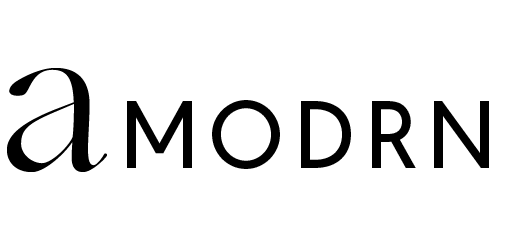Sarah King is an Accredited Exercise Physiologist, Personal Trainer and Health Coach whose passion lies in helping women find balance with food, mood, hormones and fitness. Her holistic approach to health is a product of her university background and her own personal health journey having gone through recovery from an eating disorder, losing and finally regaining her period after 10 years, and overcoming chronic pain.
She believes in moving your body for joy, eating for health and pleasure, and integrating sustainable lifestyle practices into your day to achieve optimum wellbeing. For more info check out www.skactive.com.au
With SO many gluten-free bread options available on the market now, it’s hard to know which one to choose. Here’s the lowdown on what ingredients to look out for and why, plus my personal favourite brands.
1. Check the ingredients list for gluten-free wholegrains
The first thing you should do when assessing a gluten-free bread is flip over to the nutritional panel and assess the ingredients. Do the first three ingredients include gluten-free whole grains such as brown rice, quinoa, buckwheat, sorghum, amaranth, or teff? Or are they made with refined starches and flours such as potato, tapioca or arrowroot?
Why is this important? Most people assume that gluten-free bread is simply healthier, but it’s actually not (P.S. it’s really only meant for people who have celiac disease or a diagnosed food intolerance). One factor that gluten-free bread often lacks is fibre. This is due to the use of processed starches and refined gluten-free flours that aim to give the gluten-free bread a light fluffy texture. By ensuring your gluten-free bread is made from predominantly wholegrains, you’ll get a good dose of fibre, and stay satiated for longer as wholegrains take longer to break down in the body compared to refined flours.

2. Look out for additives and opt for a shorter ingredients list
Does the ingredient list resemble a science experiment with all the di-, oxy-, and hydrogenated foods or is it filled with foods your grandmother would recognise? Gluten-free bread is a processed food, there’s no way around that. However, you CAN find breads based on simple ingredients, and in my opinion, the shorter the ingredients list the better! Your digestion will be a lot smoother when your body doesn’t have to break down weird things that your grandparents could probably only find in a science lab.
3. Is it soaked?
Before they bake the bread, do the manufacturers soak and potentially ferment their ingredients? This not only gives the bread a bit of bite (similar to that delicious tangy flavour in sourdough bread) but also improves the digestibility factor and your body’s ability to absorb key nutrients by breaking down the phytates that coat all wholegrains.
4. Is it seedy?
Does the bread have any healthy extras like nuts, or seeds such as almonds, chia seeds, flaxseeds, sunflower or sesame seeds? This will add a good dose of healthy fats and protein to keep you feeling fuller for longer and promote absorption of fat-soluble vitamins and minerals from fruits and vegetables eaten within the same meal.
Most of the things I’ve listed above aren’t sold in your average supermarket gluten-free bread, so today I’m sharing with you three of my favourite brands with links so you can get your hands on a loaf.
My favourite gluten-free breads:
1. Spring Wholefoods Pumpkin & Turmeric Loaf
This is by far my favourite loaf for any savoury meal. It’s dense, delicious and incredibly nutritious as the wholegrains, veggies, legumes and seeds are soaked, fermented and activated before they’re baked. At $15 a loaf, it seems a little expensive, but you only need a small slice to feel satisfied. I slice mine and put it in the freezer to toast for brekkie with soft boiled eggs, avo and sautéed greens.
Cost: $15 per loaf
For more info and to find a stockist near you click here.
2. Naturis Organic Buckwheat Bread
The ingredients list couldn’t be simpler: Organic buckwheat meal, Organic whole buckwheat kernels, Organic rice flour, Organic buckwheat leaven, organic sunflower oil, sea salt and purified water. It’s got a lovely tangy taste and is the perfect accompaniment to a big bowl of soup. Best toasted and topped with a little butter or coconut oil.
Cost: $7.50 per loaf
For more info and to find a stockist near you click here.
3. Nonie’s Gluten Free Bread
The next two breads don’t tick ALL the health boxes, but they get pretty close! Nonie’s is by far the best tasting gluten free bread I’ve found and has the ultimate crunch factor when toasted without turning into a hockey puck. Her seedy brown bread and the charcoal/quinoa loaf are my personal favourites. Pick your favourite sweet or savoury toast topper and enjoy every single bite.
Cost: $18 – $19 per loaf
For more info and to find a stockist near you click here.







